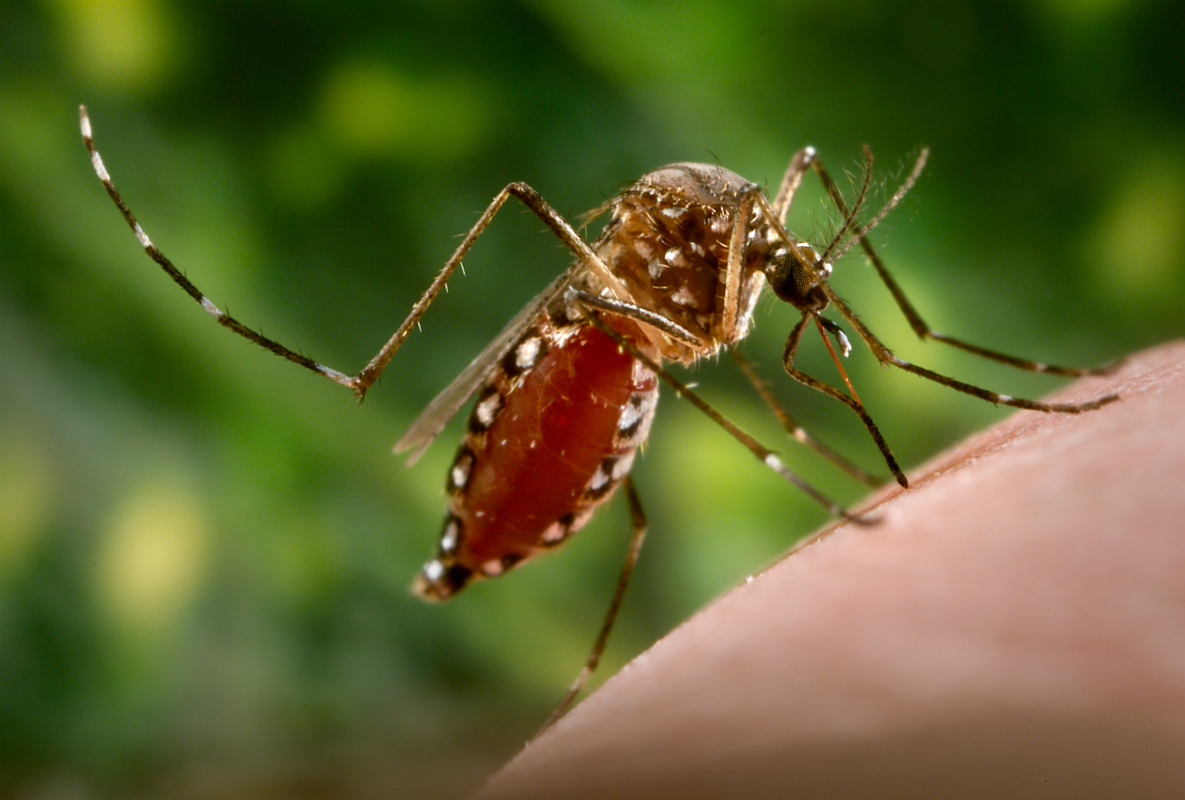Microcephaly Linked to Zika Virus Is a 'Public Health Emergency,' Officials Say

The recent, dramatic increase in babies in Brazil born with microcephaly — underdeveloped skulls and brains — that has been linked with the Zika virus constitutes "a public health emergency of international concern," Dr. Margaret Chan, director-general of the World Health Organization, said today.
Clusters of microcephaly and other neurological complications that are possibly linked to the virus make up "an extraordinary event and a public health threat to other parts of the world," Chan said at a news conference in Geneva today (Feb. 1).
However, Chan noted that the Zika virus itself, which is spread by mosquitos and typically causes only mild symptoms and sometimes none at all, did not merit emergency status. There are currently 28 countries and territories experiencing active Zika virus transmission, according to the Centers for Disease Control and Prevention. [Zika Virus FAQs: Top Questions Answered]
The announcement came after a meeting today of the International Health Regulations (IHR) Emergency Committee. At the meeting, 18 experts and advisers agreed that, although the relationship between microcephaly and the Zika virus has not yet been proven conclusively, based on the strength of the association between Zika infections and the highly unusual number of microcephalic births — most recently in Brazil, and in French Polynesia in 2014 — there is an urgent need to coordinate efforts to better understand the relationship between the virus and microcephaly, Chan said.
Although the current microcephaly cluster is confined to Brazil, the committee determined that "a coordinated international response is needed to minimize the threat in affected countries and reduce the risk of further international spread," Chan said. She added that there is an urgent need to do a lot more work before scientists can say for sure whether there is a definitive association between the cluster and the Zika virus.
Dr. Bruce Aylward, WHO's executive director ad interim of the Outbreaks and Emergency Cluster, said that, of the 4,000 reported microcephaly cases in Brazil since October 2015, only 270 have been confirmed alongside evidence of the Zika virus.
Chan outlined a proposed response for the international community, which would include increased surveillance to detect and track infections and birth anomalies; greater efforts to control mosquito populations; and fast-tracking vaccines and diagnostic tests to better protect those who are at risk, especially pregnant women.
Sign up for the Live Science daily newsletter now
Get the world’s most fascinating discoveries delivered straight to your inbox.
The experts evaluated the outbreak based on its severity and speed, and whether it is likely to impact public health outside the national borders of its country of origin.
David L. Heymann, chair of the WHO Emergency Committee, said that two recommendations emerged from the meeting: standardization of surveillance practices for microcephaly and other neurological disorders, especially in areas that are known Zika virus "hotspots," and intensifying research of any new cluster of microcephaly that emerges, to trace its origins and confirm whether Zika is the culprit.
For the WHO, identifying the cause of the microcephaly clusters — be it the Zika virus or another factor — is the urgent priority, Chan said. Meanwhile, limiting the breeding and spread of mosquitos on a local level will be a critical protective measure, she added, noting that the committee determined that restricting travel or trade would not be necessary to keep Zika from spreading.
"At present, the most important protective measures are the control of mosquito populations and the prevention of mosquito bites in at-risk individuals — especially pregnant women," Chan said.
Follow Mindy Weisberger on Twitter and Google+. Follow us @livescience, Facebook & Google+. Original article on Live Science.

Mindy Weisberger is an editor at Scholastic and a former Live Science channel editor and senior writer. She has reported on general science, covering climate change, paleontology, biology and space. Mindy studied film at Columbia University; prior to Live Science she produced, wrote and directed media for the American Museum of Natural History in New York City. Her videos about dinosaurs, astrophysics, biodiversity and evolution appear in museums and science centers worldwide, earning awards such as the CINE Golden Eagle and the Communicator Award of Excellence. Her writing has also appeared in Scientific American, The Washington Post and How It Works Magazine. Her book "Rise of the Zombie Bugs: The Surprising Science of Parasitic Mind Control" will be published in spring 2025 by Johns Hopkins University Press.









